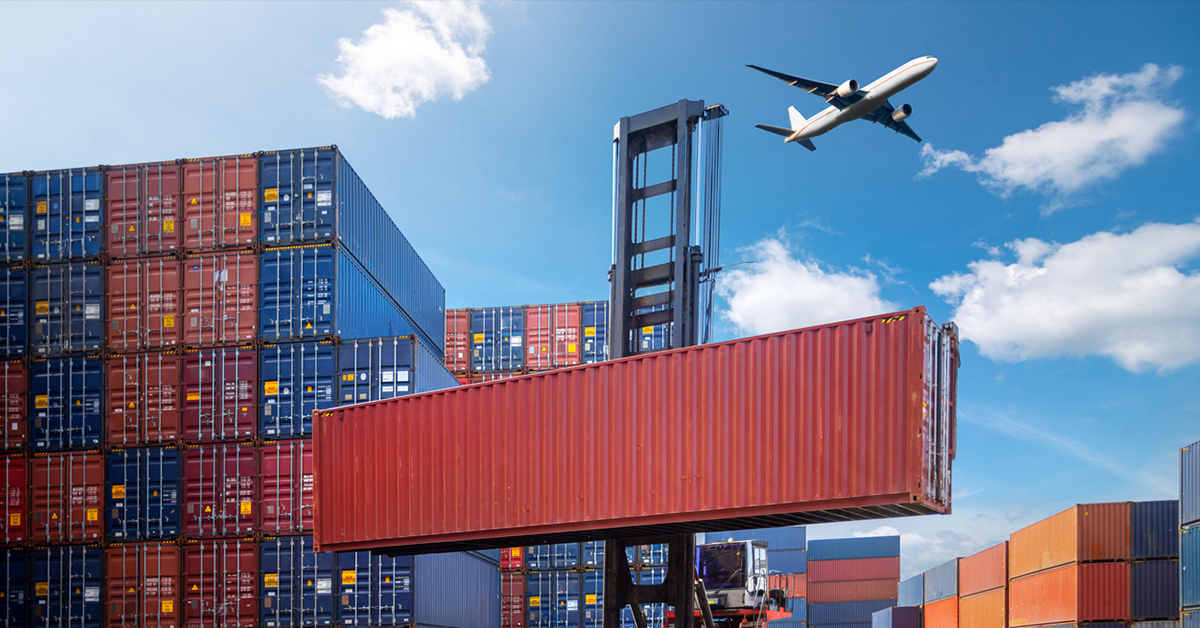The global supply chain has faced unprecedented challenges in recent years, with disruptions stemming from various factors, including the COVID-19 pandemic, inventory imbalances, and the unfortunate shutdown of major LTL carriers due to bankruptcy. These disruptions have emphasized the importance of optimizing 3PL (Third-Party Logistics) shipping to ensure resilience and continuity in business operations. In this article, we’ll delve into the intricacies of these challenges and provide insights into optimizing 3PL shipping amidst these disruptions.
The COVID Supply Chain Bullwhip Effect
The onset of the COVID-19 pandemic brought about a phenomenon known as the bullwhip effect in the supply chain. This effect describes the increasing oscillations in inventory in response to changes in customer demand as one moves further up the supply chain. In the context of the pandemic, initial panic buying led to a surge in consumer demand for certain products, causing retailers to increase their orders from wholesalers. Wholesalers, in turn, increased their orders from manufacturers, and so on. However, as demand patterns became erratic due to lockdowns and economic uncertainties, the supply chain struggled to adjust, leading to significant inventory imbalances.
Inventory Disruptions: A Domino Effect
The bullwhip effect, coupled with factory shutdowns and transportation restrictions, led to severe inventory disruptions. Businesses faced challenges in both ends of the spectrum: while some grappled with excess stock due to demand drops, others faced stockouts due to supply shortages. This domino effect of disruptions emphasized the need for agility and flexibility in inventory management and highlighted the critical role of 3PL providers in ensuring supply chain resilience.
The Fallout: Shutdown of Major LTL Carriers
As if the challenges posed by the pandemic, inventory imbalances, and labor disputes weren’t enough, the logistics industry faced another blow with the shutdown of a major LTL (Less Than Truckload) carrier. LTL carriers, already operating on thin margins, have found it difficult to navigate the disruptions brought about by the pandemic. The shutdown of one of the largest further strains the already stretched supply chain, leading to increased shipping costs and extended delivery times.
Optimizing 3PL Shipping Amidst Disruptions
In the face of these challenges, optimizing 3PL shipping becomes not just a matter of efficiency but also of survival. Here are some strategies businesses can adopt:
1. Enhanced Visibility: One of the primary lessons from the disruptions is the importance of visibility across the supply chain. Businesses must invest in advanced tracking systems and integrate them with their 3PL providers to monitor shipments in real-time and make informed decisions.
2. Flexible Inventory Management: Given the unpredictability of demand patterns, businesses must adopt a flexible approach to inventory management. This involves regular demand forecasting, maintaining safety stock, and working closely with 3PL providers to ensure timely stock replenishments.
3. Diversification of LTL Carriers: Relying on a single LTL carrier is a risky proposition, as evident from the recent shutdowns. Businesses must diversify their LTL carrier partnerships and establish contingency plans to ensure uninterrupted shipping.
4. Strengthening 3PL Partnerships: A strong partnership with 3PL providers is crucial in these challenging times. Regular communication, performance reviews, and collaborative problem-solving can enhance the efficiency and resilience of 3PL shipping.
5. Leveraging Technology: Advanced technologies, such as AI and machine learning, can provide insights into demand patterns, optimize routing, and enhance overall shipping efficiency. Collaborating with tech-savvy 3PL providers can offer a competitive edge.
6. Proactive Risk Management: Instead of reacting to disruptions, businesses must adopt a proactive approach. This involves identifying potential risks, assessing their impact, and developing mitigation strategies in collaboration with 3PL providers.
The recent disruptions in the supply chain have been a wake-up call for businesses worldwide. While challenges abound, they also present an opportunity for businesses to reassess and optimize their 3PL shipping strategies. By adopting a proactive, technology-driven, and collaborative approach, businesses can navigate the complexities of a disrupted supply chain and emerge stronger and more resilient. The future of 3PL shipping lies in agility, adaptability, and strong partnerships, and businesses that recognize this will be well-positioned to thrive in the post-pandemic world.








